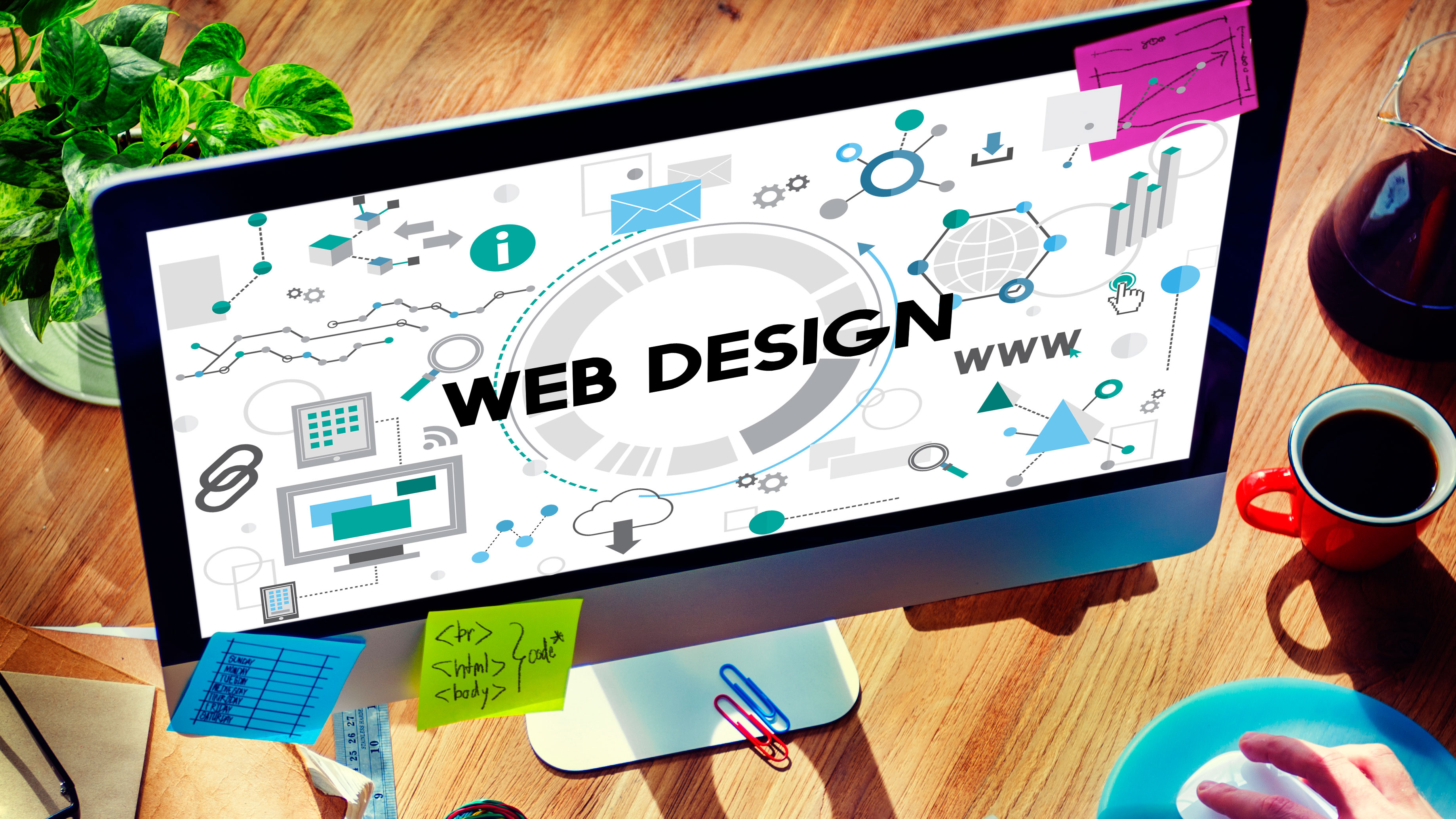Aligned Position Web Design: Your One-Stop Solution for Innovative Website Design and Development
Aligned Position Web Design: Your One-Stop Solution for Innovative Website Design and Development
Blog Article
The Finest Kinds of Web Style to Enhance Customer Experience and Engagement
In the ever-evolving landscape of digital communication, the efficiency of Web layout dramatically affects user experience and engagement. Numerous layout strategies, such as minimalist, responsive, and interactive layouts, each deal unique benefits that can provide to diverse user demands.
Minimal Website Design
As digital landscapes come to be progressively cluttered, minimalist website design has actually emerged as an effective technique to enhancing individual experience. This design philosophy focuses on simplicity, concentrating on crucial aspects while eliminating unnecessary interruptions. By using ample white space, straightforward navigation, and a minimal shade combination, minimal design fosters clearness and directs user attention to vital content.
The core principle of minimal website design is to develop a smooth communication for customers. By reducing cognitive tons, individuals can swiftly grasp details without feeling bewildered. This straight method not only boosts usability however additionally urges interaction, as site visitors are most likely to explore a website that is very easy and aesthetically appealing to navigate.
Furthermore, minimalist layout usually highlights typography and images, making use of these aspects strategically to convey messages properly. In significance, minimalist Web style is not simply a trend; it is a thoughtful methodology that acknowledges the value of user-centered design.
Receptive Website Design
In today's varied digital atmosphere, responsive Web design has actually ended up being vital for producing a seamless user experience across a plethora of devices. As customers access sites on smart devices, desktop computers, laptop computers, and tablets, the capacity of a site to adapt its design and content to various screen sizes and resolutions is crucial.
Responsive website design uses versatile grids, photos, and CSS media queries to guarantee that Web content exists efficiently, despite the device made use of. This technique not only enhances the aesthetic appeal of an internet site but also substantially boosts usability. Individuals are most likely to involve with a website that offers a consistent experience, as it eliminates the disappointment of needing to focus or scroll excessively.
Additionally, search engines, including Google, focus on mobile-friendly web sites in search rankings. By adopting responsive design, services can boost their visibility and get to a more comprehensive audience. This approach also simplifies website upkeep, as a solitary variation of the website can deal with all gadgets, reducing the need for numerous versions. In summary, responsive website design is a fundamental method that enhances customer experience, engagement, and general complete satisfaction.
Interactive Web Style
Receptive Web layout prepares for boosting individual experience, but interactive Web layout takes this an action even more by engaging individuals in an extra dynamic way - Aligned Position Web Design. By integrating elements such as computer animations, clickable models, and real-time feedback, interactive website design astounds users, drawing them right into a richer surfing experience
This technique not only fosters engagement yet likewise encourages individuals to discover content actively as opposed to passively consuming it. Techniques such as gamification, where users gain incentives for completing tasks, can dramatically enhance the time spent on a website and boost overall complete satisfaction. In addition, interactive functions can streamline intricate details, making it extra enjoyable and digestible.

Including interactive layout aspects can likewise lead to greater conversion prices, as users are much more likely to involve with a site that actively includes them. Aligned Position Web Design. Inevitably, interactive website design changes user experiences right into unforgettable trips, making certain that visitors return time after time
Flat Layout
Characterized by its minimalistic technique, flat style stresses simplicity and functionality, removing away unneeded components and concentrating on important functions. This design ideology prioritizes usability, ensuring that users can browse interfaces easily and performance. By using a clean aesthetic, level design removes the mess commonly located in more elaborate designs, therefore enhancing customer focus on content and performance.
The characteristic of level layout exists in its use bold shades, simple typography, and geometric shapes. These aspects add to a visually enticing interface that is both approachable and modern. Furthermore, flat style cultivates a sense of quality, permitting users to discern important actions and info without disturbance.
Moreover, flat layout is especially effective in receptive website design, as its simpleness equates well across navigate to this website various tools and screen dimensions. The lack of elaborate textures and gradients minimizes loading times, which is essential for maintaining customer engagement. As electronic landscapes proceed to evolve, level design continues to be a pertinent choice for developing user-friendly internet sites that improve overall experience. By focusing on important features, level design not only fulfills individual demands but additionally urges seamless communication, making it a vital part of efficient website design approaches.
Flexible Website Design
Adaptive Web style tailors the user experience by producing numerous fixed designs tailored to various screen dimensions and gadgets. Unlike responsive layout, which fluidly adjusts a solitary layout, adaptive design uses distinct formats for details breakpoints, making sure optimum presentation on various systems. This technique enables designers to focus on the special features of each gadget, enhancing usability by supplying exactly what users require based upon their context.
One of the key advantages of useful source flexible website design is its ability to optimize tons times and performance. By offering tailored content and images that fit the individual's device, sites can reduce information usage and improve loading rates. This is specifically beneficial for individuals with slower links or restricted information plans.

Furthermore, adaptive design promotes a more controlled and consistent branding experience. Since designers create numerous formats, they can make certain that the aesthetic aspects line up with the brand name's identity throughout various platforms - Aligned Position Web Design. This results in a natural customer experience, enhancing involvement and promoting customer retention
Conclusion
To conclude, the integration of minimalist, responsive, and interactive website design concepts substantially boosts individual experience and interaction. Minimal design cultivates clarity and focus, while responsive layout ensures adaptability across various tools, advertising accessibility. Interactive style astounds users through vibrant aspects, motivating expedition and customization. Jointly, these layout comes close to add to the development of straightforward settings that not just enhance fulfillment yet additionally drive higher conversion prices, emphasizing their vital value in modern Web layout methods.

Minimalist design promotes quality and emphasis, while receptive layout makes certain flexibility throughout numerous gadgets, advertising access. Jointly, these style comes close to her explanation contribute to the production of user-friendly environments that not only enhance satisfaction but additionally drive greater conversion prices, highlighting their essential importance in modern Web layout techniques.
Report this page